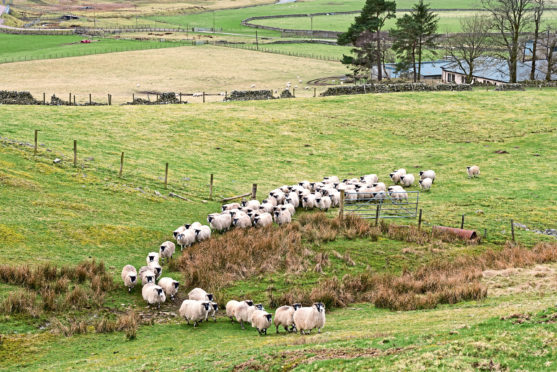Industry leaders have welcomed a funding boost of £51.4 million for farmers and crofters following publication of the Bew Review Group recommendations.
Prime Minister Boris Johnson confirmed the funding ahead of a visit to a north-east farm today.
“Today’s announcement was the first step in making sure future funding is fairly allocated across the UK, taking into account the unique farming environments in Scotland,” said Mr Johnson.
“Once we are out of the EU we will have a historic opportunity to introduce new schemes to support farmers, and we will make sure that Scottish farmers get a fairer deal.”
The funding, which will be delivered over the next two years, is in addition to £160m in convergence uplift funding announced on Wednesday.
Convergence uplift is extra Common Agricultural Policy (Cap) funding allocated to the UK to bring Scotland’s per-hectare subsidy average up. The full allocation was not given to Scotland, and years of lobbying from industry and the Scottish Government led to the formation of the Bew Review Group to look at intra-UK farm subsidy allocations.
Group findings include a call for a new formula to distribute funding across the UK based on rewarding land that previously received less Cap funding per hectare than the EU average.
It says a per-hectare approach is not suitable, and future budgets should reflect challenges for farms operating in difficult environments, such as upland areas.
NFU Scotland president Andrew McCornick said: “Taken together, the two announcements will inject £211m into Scottish agriculture over the next two years. At a time of uncertainty that represents the largest funding uplift for the sector in recent memory.”
Scottish Land & Estates executive director Sarah-Jane Laing said the extra funding should be used to support the entire sector.
Past NSA Scotland chairman John Fyall said the cash should go to those it was intended for. He said: “It was the marginal areas in Scotland that generated the lower than average funding across the UK, therefore it must go to those working hard to produce food from the most marginal areas.”
